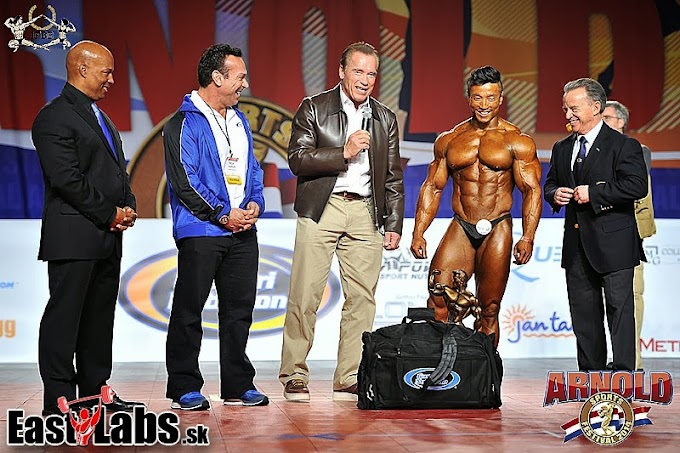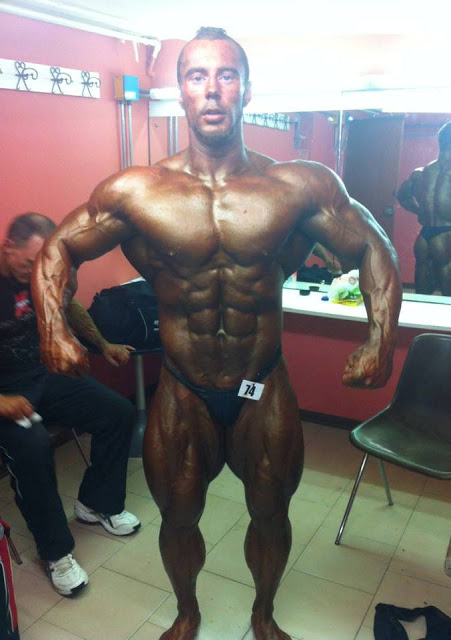The Anatomy of the Quads
The quadriceps femoris , also called simply the quadriceps, quadriceps extensor, quads, is a large muscle group that includes the four prevailing muscles on the front of the thigh. It is the great extensor muscle of the knee, forming a large fleshy mass which covers the front and sides of the femur. The proper Latin plural form of the adjective quadriceps would be quadricipites. In modern English usage, quadriceps is used in both singular and plural. The singular form quadricep, produced by hypercorrection, is frequently used.
It is subdivided into four separate portions or 'heads', which have received distinctive names:1. Rectus femoris
2. Vastus lateralis
3. Vastus medialis
4. Vastus intermedius
Exercises for Increasing Quads mass
Sprints
Sprints are easy, and you can do them just about anywhere you have enough space to get your sprint on. You don’t need to go a long distance, and the massive benefit from sprints is that they’re both aerobic and anaerobic. Not only will you be conditioning your legs but you’re improving your overall endurance and cardiovascular system.While this workout is easy, avoid sprinting on hard surfaces. Try to do sprints on a soft surface that will give you some measure of traction; woods, grass, trails. If you want to change the pace and you have a limited work area (such as in the city) try doing stair sprints.
When sprinting, pump your arms to gain momentum. Bring your knees up high and really work your legs in the extension in order to get the most action and power out of your quads. You’ll get the most performance the most workout this way as well.
Barbell Step-Ups
One of the best ways that you can train your body is to work through functional exercises. A functional exercise is any workout that mimics real life movements that you perform every day when you’re at home, or at work or out in the world. The barbell step up is one of the top 5 quad exercises because it’s so similar to the lunge and it mimics those movements we do every day while stabilizing our bodies across multiple planes.To set this exercise up, use a barbell (or dumbbells, though the weight will be significantly less) across your shoulders similar to a squat. Step forward onto a small box or bench at a low height. Make sure the item you’re stepping up to can support the weight. When you step up, use your forward leg to propel yourself up. Bring your back foot forward and raise your knee up as high as you can. Step that foot back down while maintaining tension on the leg you first stepped forward onto the box with.
Barbell Lunges
This exercise is very similar to the barbell step-up, and is an extremely effective workout that targets your quads. Additional weights on a barbell aren’t necessary, as variations of this workout can be done with dumbbells or simply using your own body weight to tone the quads. It’s all a matter of preference and the intensity of the workout.Your goal is to work through a set of lunges, just like you would normally do them, while maintaining a weighted barbell on your shoulders or with dumbbells at your sides. When you lunge, you want one foot forward and one foot back with both knees bent. Your forward thigh should be parallel to the floor in order to achieve an optimal lunge – without your back knee touching the ground.
Barbell Squats
Squats have long been the king of all leg exercises. The barbell squat activates all the muscle groups in the legs. This compound exercise requires complete body stabilization which makes it one of the most physically demanding exercises to perform. Adding additional weight can put a hard strain on your leg muscles to spur on the growth and recover of new and stronger muscle tissue. While effective, this exercise does require stronger shoulders as the barbell is held either across the top of the chest or across the shoulders behind the neck.When performing the squat, it’s important to keep the back straight and lower the body slowly under tension to a point where the thigh is parallel to the floor (though you can go lower). Raise yourself back to a standing position and repeat.
The Leg Press
It’s important to keep in mind that the leg press is not a functional exercise. It does not mimic the gestures or movements of work we do on a daily basis. This is more for weight trainers that are serious about applying heavy weight to the muscle groups of the legs.Using machines and various foot positions, it’s possible to apply a large amount of weight to the legs from a safe and comfortable position that will target all of the muscle groups within the upper and lower legs. If your aim is to tone the individual muscles and muscle groups in the legs then the leg press is an ideal choice to supplement the other top quad exercises.












